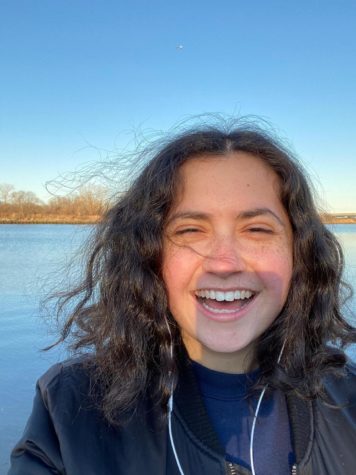Better training must be provided for teachers
November 25, 2019
Working with children in an educational environment generally also means working with kids that have special needs, whether it is in classroom settings, camps or after school programs.
Special education services, such as separate classes for students with certain disabilities or hindrances and one-on-one paraprofessionals, aren’t hard to find in New York City schools, especially public ones.
There are over 200,000 public school students in the city that are eligible for special education, according to research done by NYU Steinhardt under The Research Alliance for New York City Schools.
Some schools are adopting inclusion classes now, in which special needs children and general education kids are in one class together.
It’s also not uncommon to find classes that have one special education student that works with a paraprofessional in an otherwise general education classroom.
Despite the fact that these circumstances are fairly regular, education and childcare workers aren’t always prepped enough to adequately handle students with disabilities.
An example of this is an incident from El Dorado Hills, California in 2018, when three workers at a middle school improperly restrained an autistic student during a violent outburst, which lead to his death two days later.
They did so to keep him from hurting himself or others, CNN reported.
While it was never reported what caused the student — who stood at six feet and weighed 208 pounds at 13 years old — to become violent, the school said the staff used a “nationally recognized behavior management protocol” to restrain him.
However, it came out that this method was actually criticized by the Department of Education in a later CNN report.
This incident speaks to the idea that school systems need to do more to ensure that their staff is better trained to handle, teach and help special education students.
In fact, an article from The Atlantic reports that many teacher-education programs only offer or require one course about students with special needs.
“A study in 2007 found that general-education teachers in a teacher-preparation program reported taking an average of 1.5 courses focusing on inclusion or special education, compared to about 11 courses for special-education teachers,” the article said.
“Educators say little has changed since then.”
There needs to be more special education training and preparation for teachers, even if they’re not hoping to get inclusion or special education classes.
The real beneficiaries of this, however, would be the students that would get better educations and care if they had teachers equipped with the understanding and knowledge necessary.







